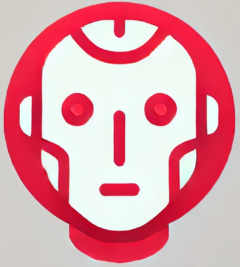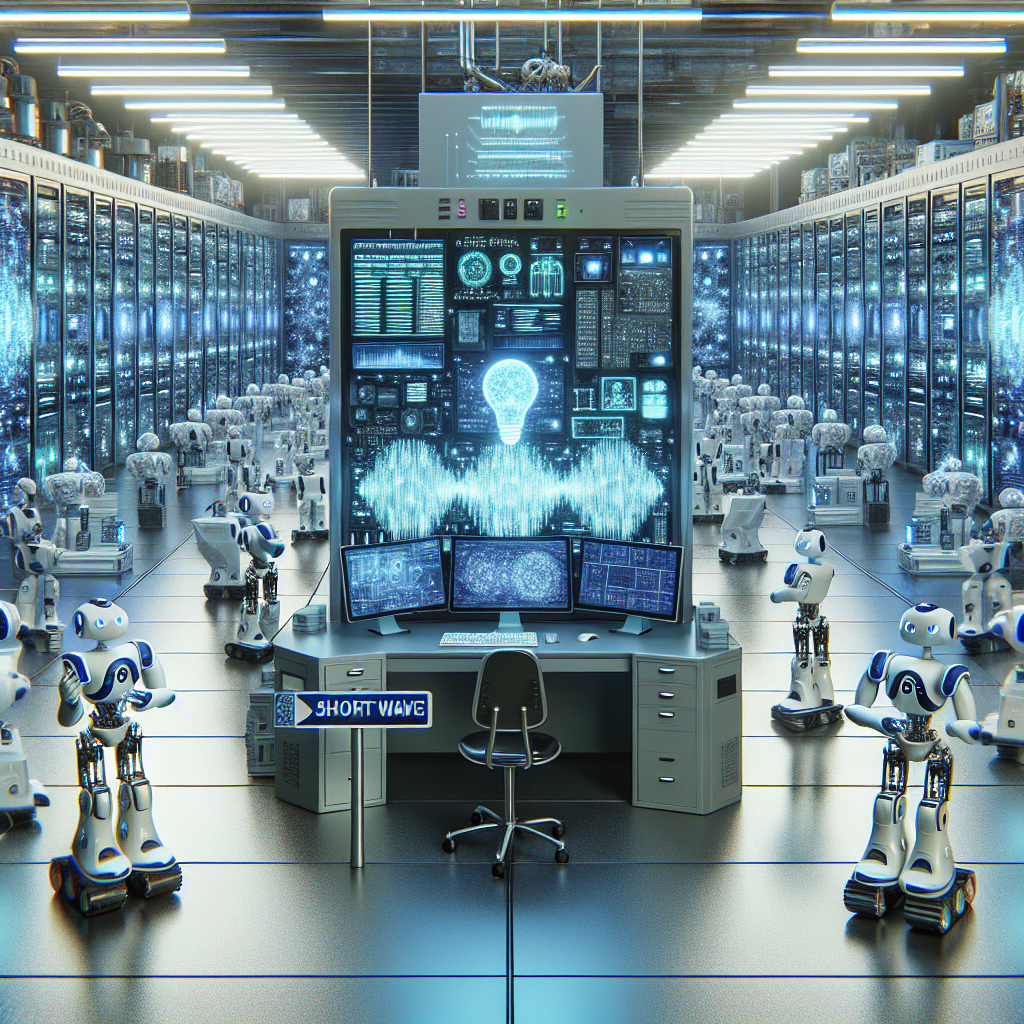AI Powers Robots with Smarter Tasks
In a quiet factory on the outskirts of Boston, a robot named Stretch silently and efficiently moved boxes from a conveyor belt onto pallets, working overnight without complaint or error. Just a decade ago, this level of robotic autonomy seemed like science fiction. Today, thanks to recent advancements where AI powers robots with smarter tasks, it’s fast becoming standard practice across industries.
From Basic Automation to Intelligent Assistance
Robots have long been used to perform repetitive tasks—welding, assembly, and material handling, to name a few. But those machines relied on carefully scripted instructions. Enter AI, and suddenly robots are making decisions, adjusting to changes in their environments, and even learning from human behaviors.
Today’s breakthrough isn’t just about mechanical capability; it’s about cognitive enhancement. Large language models (LLMs), like OpenAI’s ChatGPT, are now being merged with robotics systems, giving machines the power to understand instructions in natural language and carry out complex sequences of actions. It’s not that machines are becoming human; it’s that they’re learning to understand us.
The Industrial Impact of AI-Powered Robot Intelligence
With AI in control, factory robots gain superior abilities. For example, software developed by Boston Dynamics AI Institute recently demonstrated how robots could parse voice commands and perform logistics tasks once deemed too nuanced for automation. This shows how combining robotics mobility with digital cognition can transform supply chains and inventory systems.
Here’s how businesses are benefiting when AI powers robots with smarter tasks:
- Adaptability: Robots can perform new tasks without full reprogramming.
- Reduced Downtime: Autonomous error correction reduces production interruptions.
- Labor Shortage Mitigation: AI-driven robots fill critical gaps where human workers are few.
- Natural Language Interfaces: Workers can guide robots with spoken instructions instead of complex code.
From Chatbots to Cobots
What began as an AI framework for text generation—like ChatGPT—has now evolved into a powerful backend for real-time robotic operation. These new systems are called “cobots”—collaborative robots—designed to work alongside human operators.
For instance, researchers have trained robots to prepare salads or organize drawers simply by watching human demonstrations on YouTube. This behavior cloning, powered by large multimodal datasets and LLM reasoning, enables a kind of intuitive understanding once limited to science fiction. According to experts, the fusion of AI and robotics is bringing us closer to general-purpose robots capable of navigating home and workplace settings.
Future Potential: Beyond Warehouses and Factories
As AI continues to evolve, so will robot capabilities. Experts suggest robots may help in elder care, mobility assistance, and even OR support in hospitals. The democratization of custom robot intelligence via AI could launch a whole new class of consumer and industrial helpers.
AI doesn’t just make robots smarter—it makes them more usable, more intuitive, and crucially, more helpful. As this marriage of machine and cognition matures, we’ll increasingly see robots not just working beside us, but understanding and adapting to us with unprecedented ease.
To explore more about how researchers and engineers are shaping the next generation of robotics, read the full story on NPR.

